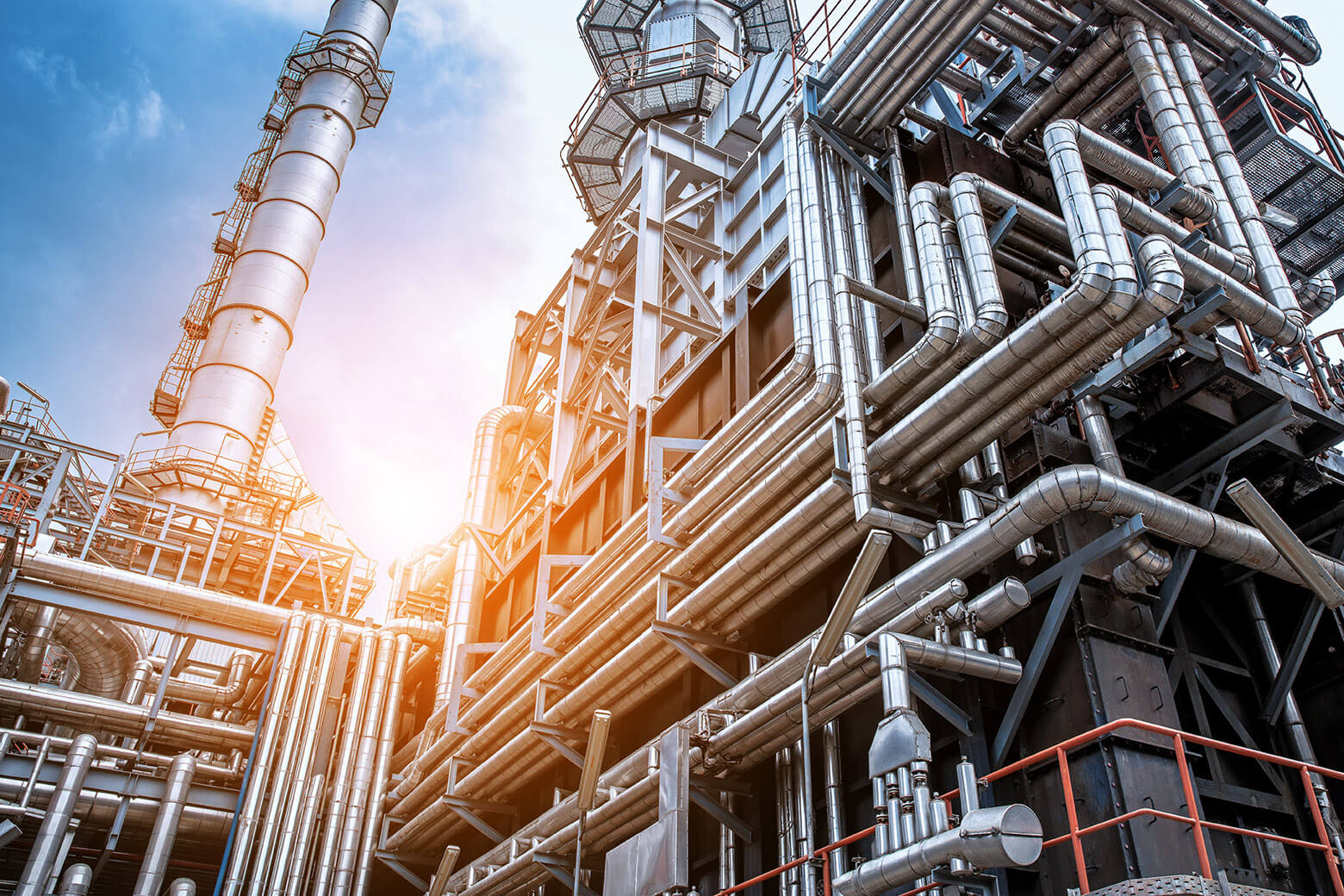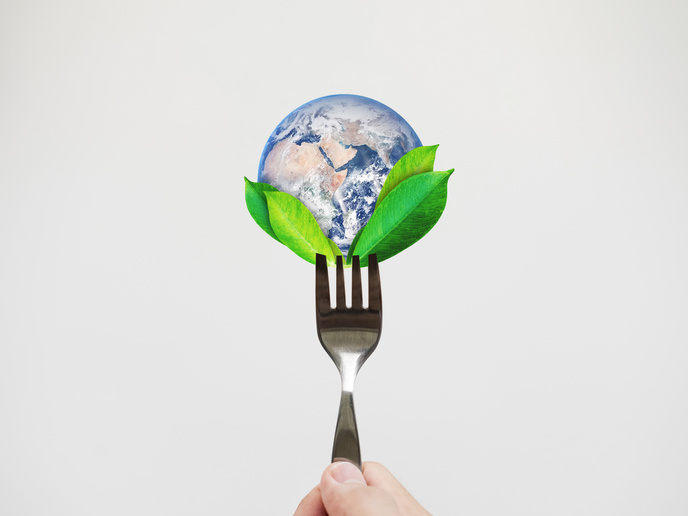Cutting-edge heat pumps for more efficient energy use and fewer carbon emissions in manufacturing
Most of the energy currently utilised for drying is based on the use of fossil fuels. Natural gas burners are one notable example. Several industries are looking to switch from gas burners to industrial heat pumps. Heat pumps increase both energy efficiency and renewable heat in the process industry. “Heat pumps are widely used in residential buildings,” comments Veronika Wilk, thematic coordinator at the AIT Austrian Institute of Technology’s Center for Energy, responsible for coordinating the EU-funded DryFiciency project. “However, this is not the case with industrial applications.”
Efficient heat recovery technology
The DryFiciency project team developed and successfully demonstrated two different industrial heat pump technologies that turn waste heat into useable heat at temperatures reaching 160 °C. Waste heat is the energy that is not used. Consequently, it is lost, wasted or dumped on the environment. The heat pumps reuse this heat. The elevated temperature makes the technology applicable to a variety of industrial procedures. The heat pump solutions can be used in the food and beverage, ceramic, pulp and paper, textile and chemical industries, to name a few. By the end of August 2021, each of the project’s two closed loop heat pump systems had already been in operation for around 4 000 hours. Compared to conventional natural gas burners, the heat pump demonstrators led to energy savings of up to 80 % and a decrease in carbon emissions of about 80 %. In addition to these benefits, electric drying with heat pumps can reduce industrial end users’ production costs by as much as 20 %. With the use of a third heat pump system, more than 100 tonnes of biomass have been dried. This resulted in improvements of over 75 % in the dryer’s efficiency and capacity while reducing energy consumption by 70 %.
Paving the way for market uptake
Before DryFiciency, there was little awareness of industrial heat pumps in general and high temperature heat pumps in particular. Understanding waste heat’s potential and incorporating high temperature heat pumps was limited. “Their technical possibilities were unknown to many industrial end users, but also relevant intermediaries such as energy consultants, plant designers and engineers, or dryer manufacturers aiming to increase efficiency of their processes,” explains Wilk. Thanks to DryFiciency, heat pumps are now present in many potential industrial clients’ plans. Furthermore, dryer manufacturers are very interested in improving the efficiency of their drying systems by integrating heat pumps. Sander Geelen, a member of the project’s External Experts Advisory Board and CEO of Geelen Counterflow, intensified collaboration with the DryFiciency partners. As of October 2021, the Dutch company had sold three fully electric dryers to China, Norway and South Korea. Interestingly, project partners have calculated the impact if half of all industrial drying processes in the EU used heat pumps. The contributions to 2030 climate targets in line with the EU Green Deal objectives would be considerable. Lowering energy consumption by 107 to 268 terawatt hours represents 7 % to 18 % of the final energy consumption reduction still needed to comply with EU climate targets. The heat pumps would also lower carbon emissions by 27 to 66 million tonnes per year, contributing 3 % to 7 % of the emission reduction required by 2030 in the EU.
Keywords
DryFiciency, heat pump, energy, drying, dryer, industrial heat pump, waste heat, gas burner, heat recovery







